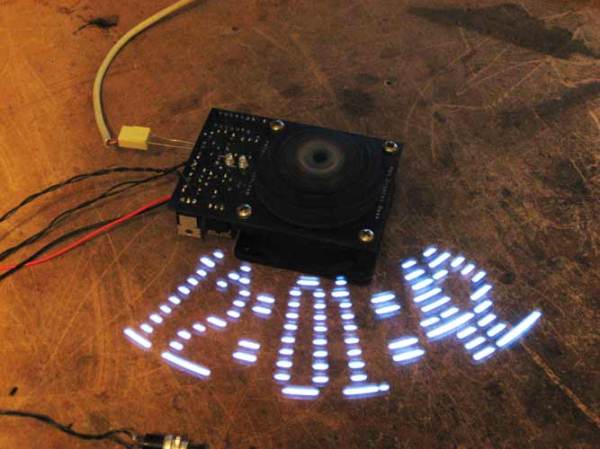Necessity is the mother of invention. It is also true that invention necessitates learning new things. And such was the case on the stormy Tuesday morning our story begins. Distant echos of thunder reverberated in the small 8 x 16 workshop, drawing my attention to the surge suppressor powering my bench. With only a few vacation days left, my goal of finishing the hacked dancing Santa Claus toy was far from complete. It was for a Secret Santa gift, and I wanted to impress. The Santa moved from side to side as it sang a song. I wanted to replace the song with a custom MP3 track. In 2008, MP3 players were cheap and ripe for hacking. They could readily be picked up at local thrift shops, and I had picked up a few. It soon became clear, however, that I would need a microcontroller to make it do what I wanted it to do.
Continue reading “Ask Hackaday: Your Very First Microcontroller”














